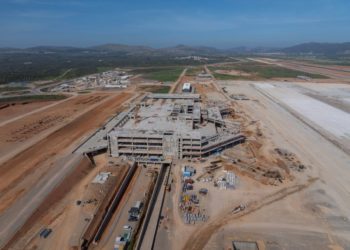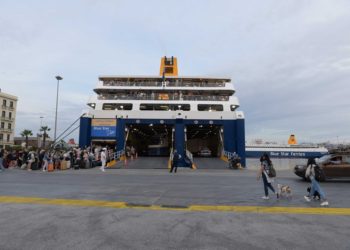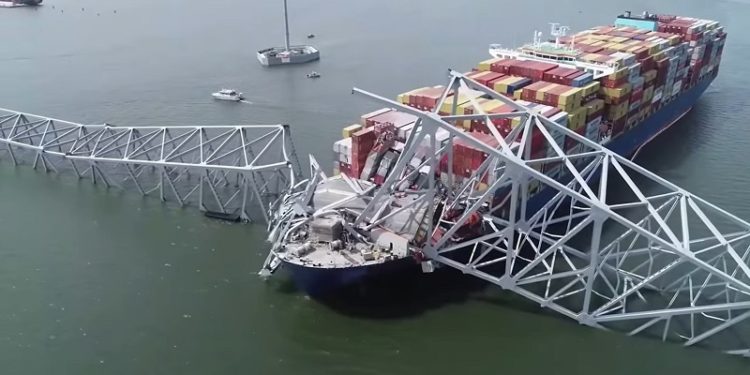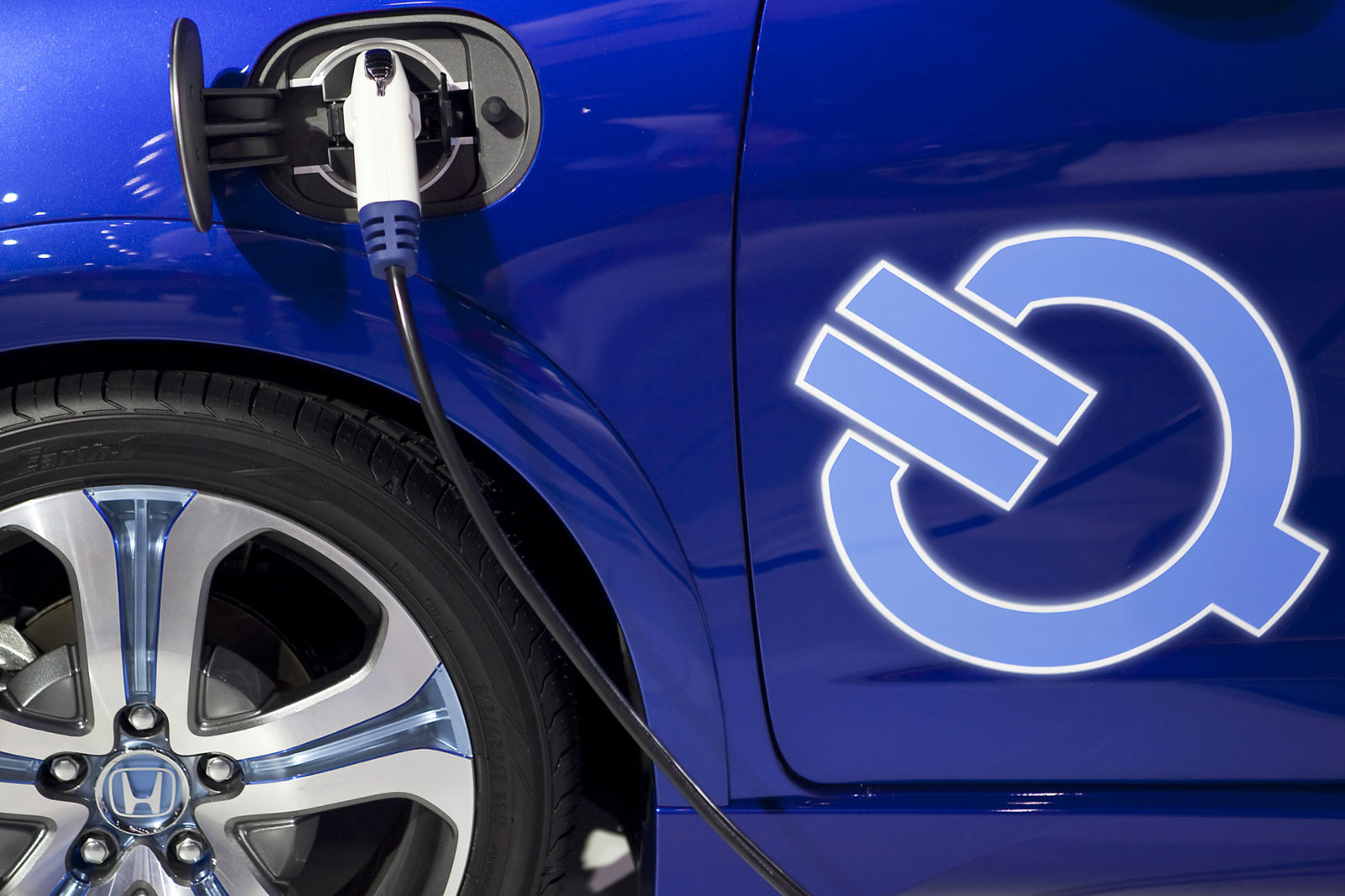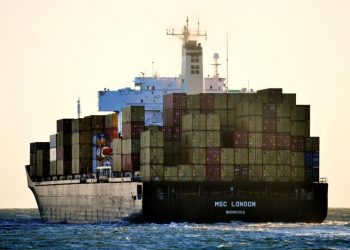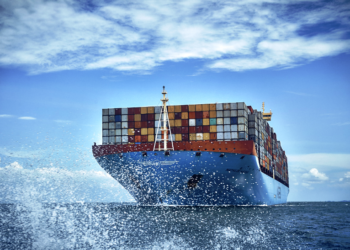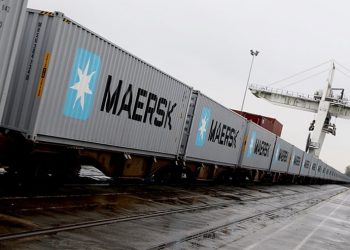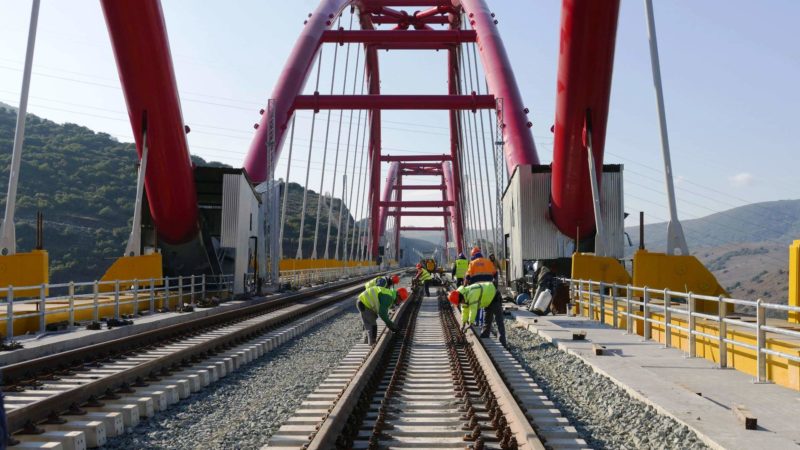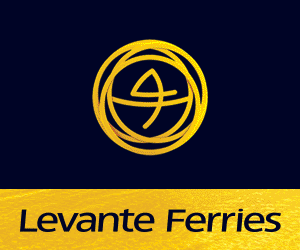The crash of a Maersk operated container vessel into a bridge at the entrance to the port of Baltimore has attracted a lot of attention. However, its impact on supply chains in and out of the US is likely to be modest with the automotive sector suffering the worst problems.
Baltimore’s position in the container trade is not irreplaceable. The Port of Baltimore’s Seagirt container terminal handled 1.1million TEU in 2023 compared to Los Angeles which saw volumes of 8.6m TEU and New York/New Jersey which handled 7.8vmillion TEU.
In terms of container operations, Baltimore is increasingly over-shadowed by the Georgia Ports, such as Savannah. In the present market, other ports on the East Coast of the US are likely to have the ability to absorb the container volumes displaced from Baltimore.
The disruption may have implications for the export and import of agri-bulk and possibly coal, with Baltimore having two coal terminals generally used for export. However, the most prominent cargo type handled by Baltimore is vehicles. Baltimore is the largest port for the handling of ro-ro traffic in the US, much of which is passenger vehicles. The port is particularly important for German vehicle manufacturers moving European assembled vehicles into the US.
There are two ro-ro terminals in Baltimore, one of which is a dedicated Volkswagen terminal that both handles and processes vehicles, holding finished vehicle stock to serve the markets of the US Eastern states. This facility is south of the collapsed bridge and is reported by Volkswagen to be unaffected. The other ro-ro terminal, the ‘Mid-Atlantic terminal’, does seem to be affected and there are reports from a number of ‘Pure Car and Truck’ vessel operators that they have diverted their ships away from Baltimore to neighbouring ports such as Wilmington
Bearing in-mind the size of Baltimore for the ro-ro trade, parts of the automotive supply chain is likely to see significant disruption. The specific problems encountered may be in the ability of other ports to find more labour for the still quite manual process of unloading vehicles from ro-ro vessels and their subsequent processing.
Possibly Volkswagen will permit non-Volkswagen consignments to be unloaded at its terminal, however this would still leave the problem of where to store and process the cars. There is also likely to be problems with landside transport for vehicles. It should also be noted that ro-ro terminals also handle other types of cargo, notably ‘High & Heavy’ consignments. These too may struggle to find alternatives.
(Ti Insight)

